The South Korea Sacroiliitis Treatment Market is experiencing a significant evolution driven by increasing prevalence of sacroiliitis among the population, heightened awareness about chronic inflammatory diseases, and advancements in medical technology.
This market encompasses a wide array of treatments, including pharmacological therapies and innovative techniques that support pain management and improvement of functional mobility for affected individuals.
The competitive landscape features a mix of established healthcare companies, specialty clinics, and hospitals, each striving to enhance patient care through cutting-edge solutions and comprehensive services.
With a robust healthcare infrastructure and a growing emphasis on research and development, the South Korean market is positioned to foster rich competitive dynamics that can improve treatment outcomes.
Medytox stands out in the South Korea Sacroiliitis Treatment Market with its commitment to innovation and high-quality therapeutic solutions. The company has established a significant presence through its diverse portfolio of products designed to treat sacroiliitis and other related inflammatory conditions.
Medytox leverages its strong research and development framework to develop proprietary formulations that promote efficacy and safety in sacroiliitis treatment. The strength of Medytox lies in its ability to utilize advanced biopharmaceutical technologies, which allows them to respond effectively to the evolving treatment landscape.
The company maintains strategic collaborations with local healthcare providers and research institutions, enhancing its ability to stay ahead of competitive pressures and fulfill the growing needs of patients suffering from sacroiliitis.
Severance Hospital is a prominent healthcare institution in South Korea, renowned for its comprehensive approach to treating sacroiliitis among other medical conditions. This facility provides a range of key services, including specialized diagnostic techniques, personalized treatment plans, and access to the latest medical technologies.
Severance Hospital is unique in its integration of advanced clinical practices with patient-centered care, which positions the hospital as a leader in managing chronic pain and inflammation. The institution benefits from a strong reputation built on research, evidence-based treatments, and an experienced team of healthcare professionals.
Through various partnerships and collaborations, Severance Hospital is continually enhancing its capabilities, leading to improved patient outcomes. Its strategic efforts in research as well as its commitment to community health contribute significantly to its standing in the South Korea Sacroiliitis Treatment Market, further driving growth and innovation in therapies for patients.


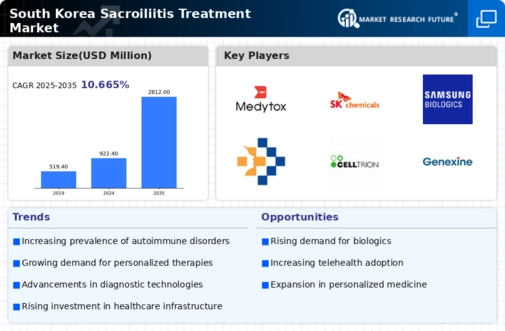
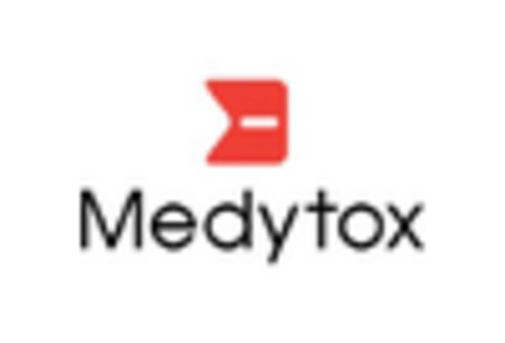
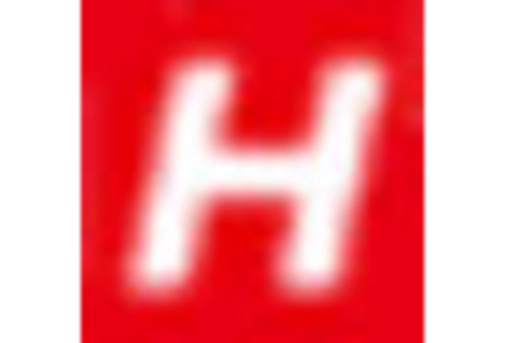

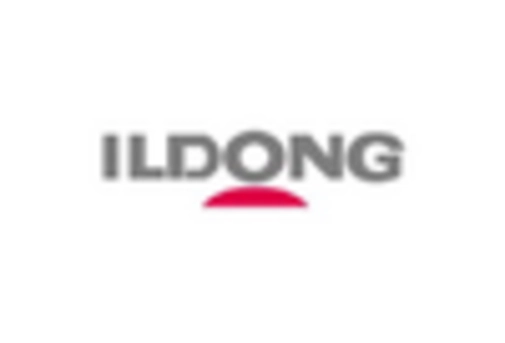
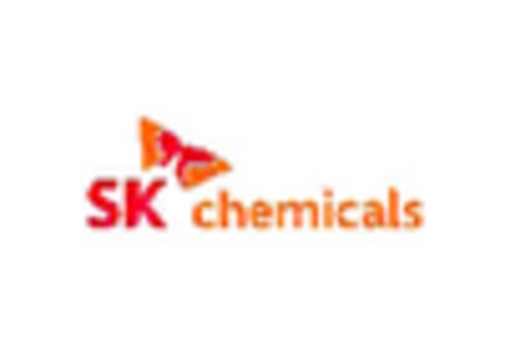




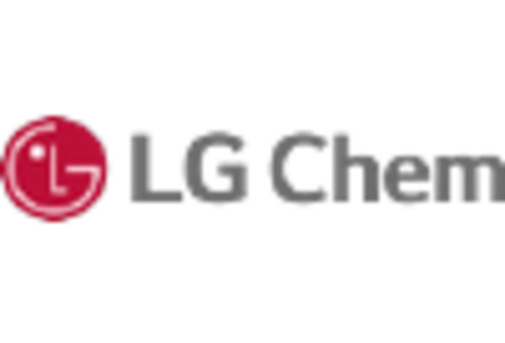








Leave a Comment